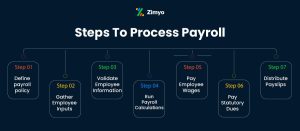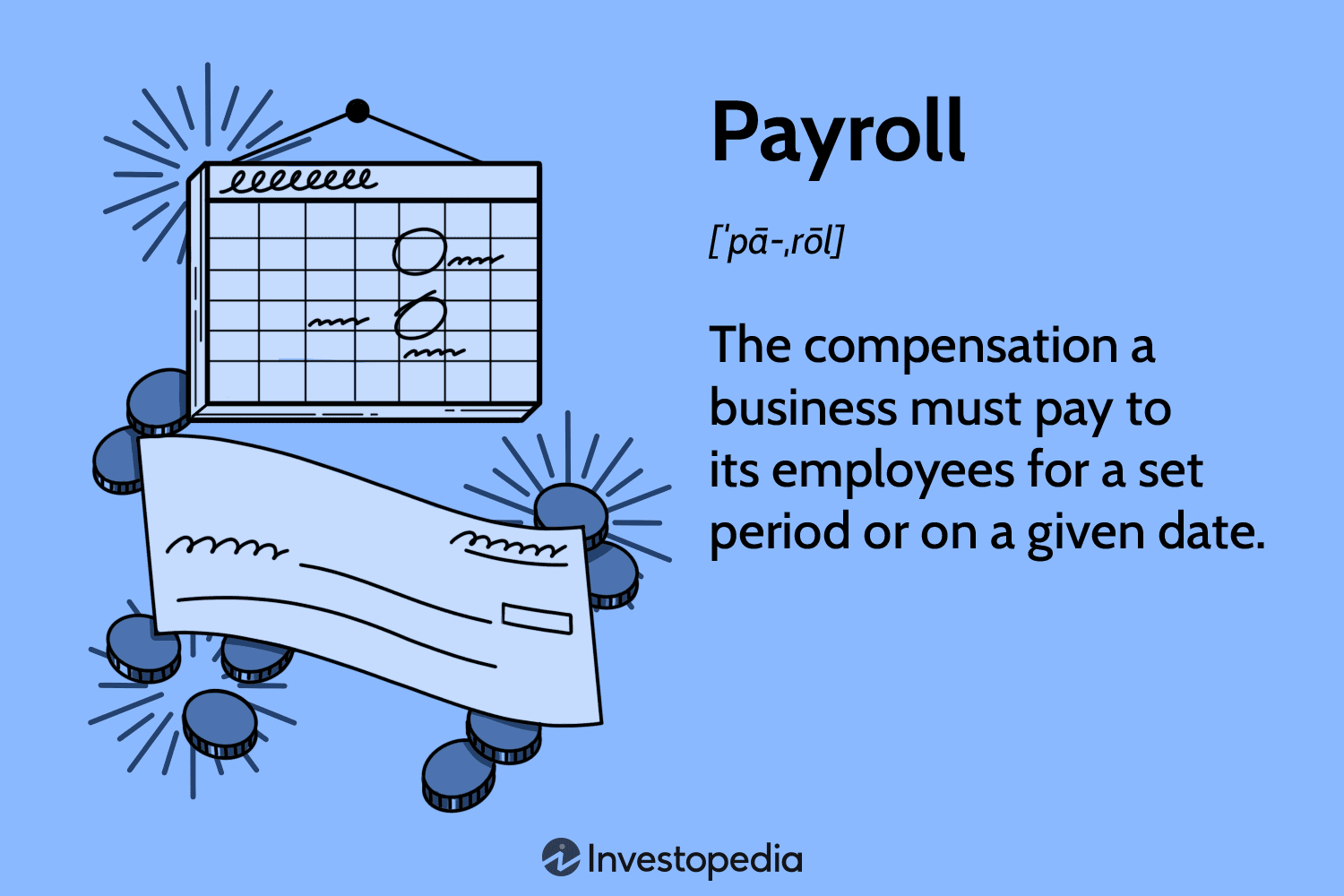Steps in the Payroll Process – A Comprehensive Guide
Managing payroll is a crucial aspect of any business, ensuring that employees are compensated accurately and on time. The payroll process involves several steps, each vital for maintaining financial transparency and compliance. In this guide, we will delve into the key stages of the payroll process to provide a clear understanding of its intricacies.
The Payroll Preparation Stage
Before diving into the payroll process, meticulous preparation is necessary to guarantee smooth operations. This stage involves gathering essential data and ensuring compliance with legal requirements.
1. Employee Information Collection
Collecting accurate and up-to-date employee information is the first step. This includes personal details, tax information, and any relevant deductions or allowances. Maintaining a centralized and secure database for this information is crucial for efficiency.

2. Time and Attendance Tracking
Accurate time and attendance records are essential for payroll accuracy. Businesses may use various systems such as time clocks, biometrics, or software solutions to track employee work hours. Integrating these systems with payroll software streamlines the process.
The Calculation Stage
Once the necessary data is gathered, the actual calculation of employee wages and deductions takes place. This step requires attention to detail to ensure precision and compliance.
3. Gross Pay Calculation
Calculate gross pay by multiplying the hours worked by the hourly rate or using the agreed-upon salary. Include any overtime or bonuses for accurate compensation. Ensure adherence to employment contracts and legal requirements.
4. Deductions and Withholdings
Deduct applicable taxes, social security contributions, and any other withholdings as per legal requirements. Accurate calculation and compliance with tax regulations are crucial to avoid legal complications.
Payroll Compliance and Reporting
Compliance with local, state, and federal regulations is paramount in the payroll process. Businesses must also generate reports for internal record-keeping and statutory requirements.
5. Tax Filing and Reporting
Ensure timely filing of tax returns and generate necessary reports for tax authorities. Compliance with tax regulations is crucial to avoid penalties and legal issues. Utilize payroll software to simplify the reporting process.
6. Record-Keeping and Documentation
Maintain thorough records of the payroll process, including pay stubs, tax documents, and any other relevant paperwork. This documentation is essential for audits, employee inquiries, and legal compliance.

Payment and Distribution
The final stage involves the actual distribution of salaries to employees. This includes various methods such as direct deposit, physical checks, or electronic payment systems.
7. Payroll Distribution
Choose a secure and efficient method for payroll distribution. Direct deposit is commonly used for its convenience and cost-effectiveness. Ensure employees receive detailed pay stubs that outline earnings, deductions, and taxes.
8. Regular Audits and Reviews
Implement regular audits of the payroll process to identify and rectify any discrepancies or errors. Conducting reviews ensures ongoing accuracy and compliance, preventing potential issues in the future.
Conclusion
Effectively managing the payroll process is vital for the financial health of any organization. By following these comprehensive steps, businesses can streamline payroll operations, ensure compliance with regulations, and ultimately foster a positive and efficient work environment. https://celestinos.com.au/tax-accountants-in-sydney/


